I write pretty cool newsletters - mostly because I make fun of myself all the time. But, during our #BlogchatterTurns6 Twitter Spaces, someone asked me if I had done a course on writing newsletters and they wanted to know the secret formula. So here I’m going to try and drill down the process that we went through before we sent our first newsletter in…2020 I think.
1. Define your ‘why’
We started the newsletters because we realized our community was growing and we needed a quieter but more personal way of talking to them. We also wanted to drive traffic to our website. If you’re thinking of starting a newsletter for your blog, don’t think about its marketing potential first. Think about what you can give to your reader. For example Damyanti Biswas has very clean newsletters where she sends out writing resources. Samit Basu’s newsletters used to have some amazing book/show recommendations in his genre i.e. fantasy and SciFi.
2. Define why your audience comes to you
We try to be fun, but we also try to teach and learn at the same time. This is why our readers come on the website - they want to read something fun, they want to learn, they want to see their names, they want to know they have made a difference. And in the newsletters , we try to show all of this.
3. Research other newsletters
One of the first things the team did was go through the newsletters we actually opened to understand why we opened them. The answer wasn’t always: to get information or because I find value in them. I also opened them because:
- The language was easy and fun to read.
- In one go I understood the communication of the newsletter.
- The subject line was intriguing enough for me to click on it.
4. Choose consistency that you can follow
We send out weekly newsletters but it’s not necessary you do too. More important than frequency, consistency is key. Our community knows that a newsletter will be waiting for them in their inbox at 1.30 PM every Tuesday. Why did we choose Tuesday? Because Mondays are crazy and we know no one wants to be entertained on a Monday, they just want to get it over with. The time we experimented with; sending them sometimes in the morning, evening, and sometimes in the afternoon. Based on the open rate of the newsletter, we settled on 1.30 PM.
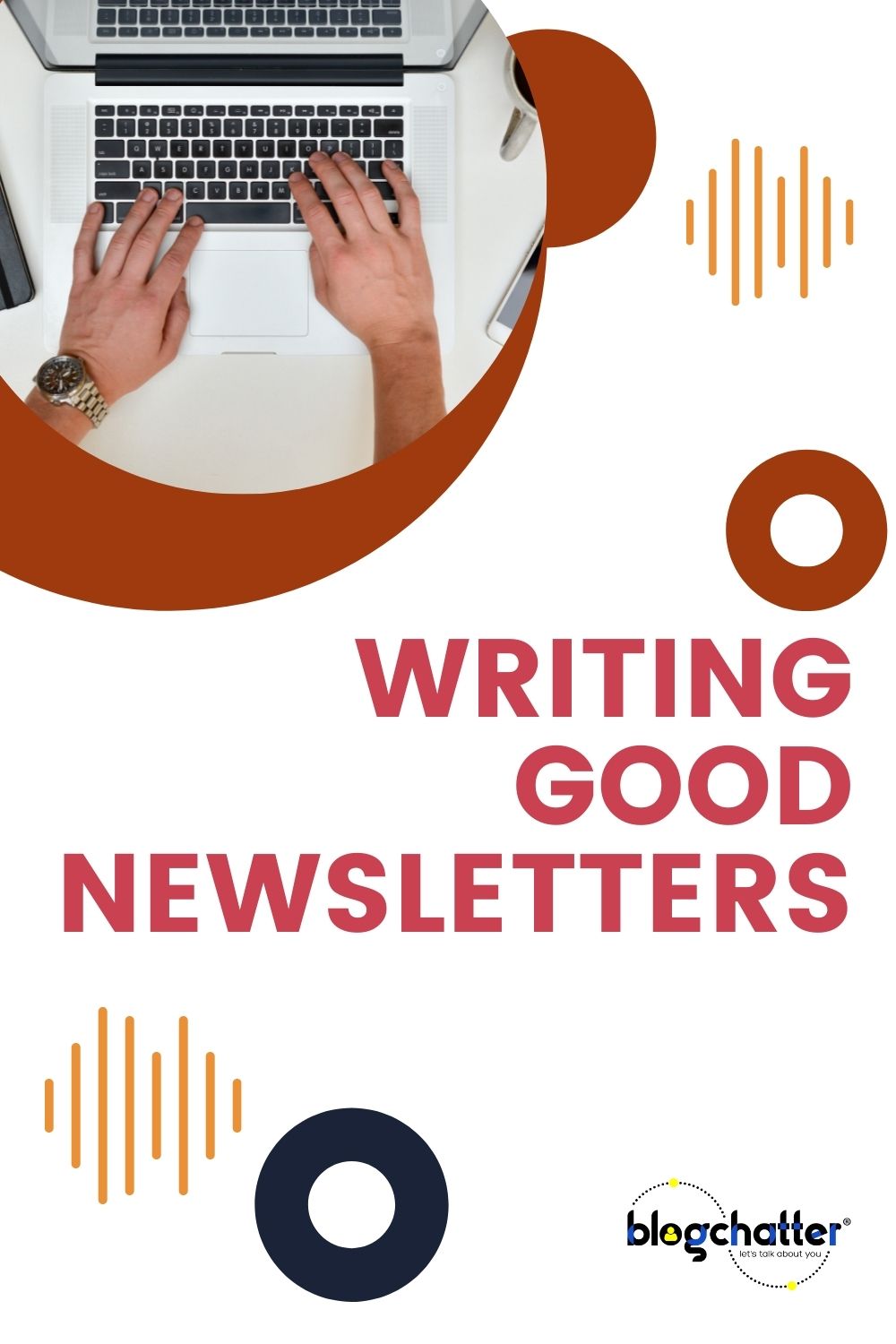
5. Don’t ramble, get to the point
Spend some time thinking about what you want to say. Don’t penalize the reader for reading your newsletters. What I mean by this is, don’t just say go and read this article I wrote on my blog. Tell them why this article will be worth their reading time. Give them an idea of what to expect from the article. Also, don’t overstuff your newsletters with links. It is overwhelming and your reader may decide that in the time versus value equation, it is not worth it to click on links.
6. Change content based on feedback
We started our newsletters with the intent of talking to our community. What we later realized was that our community was also using the newsletters to stay updated on the events happening at Blogchatter. In the beginning, I didn’t focus much on upcoming events in my newsletters but once I came to know how the community was using them, I made sure to add a para on announcements.
7. Reply
If someone has taken the time to reply to your newsletter, make sure to respond. It’s one of the best ways to gauge how connected your audience is to what you’re writing. I know I have written something good when I get replies.
8. Use ‘your’ voice
Even if you’re writing the newsletter as a content writer and not for your personal blog, make sure it feels personal and not generic. If there’s one feedback that we have repeatedly got from our newsletter readers, it is the use of the voice and it’s only that that makes them want to open and read.
Most of my newsletters start and end with a personal story. I don’t want the newsletters to just be about announcements or “read this blogpost, it’s nice.” It is about that of course, but it is also about the fact that I’m human, talking to other humans. Like most of my 2020 newsletters are about bartan dhona, hoping everyone gets delivery slots, etc.
Just like your digital presence has a voice, a persona, your newsletters need to have a persona too. Don’t start one because everyone has one. Start one when you have something to say. And definitely don’t start one because you need an email list so you can sell them something - ebooks, books, e-courses, etc. The selling comes later…much later…once you have created a value-add property for your audiences.
Now that you know how to write a newsletter, here’s a blogpost to help you grow your email list.

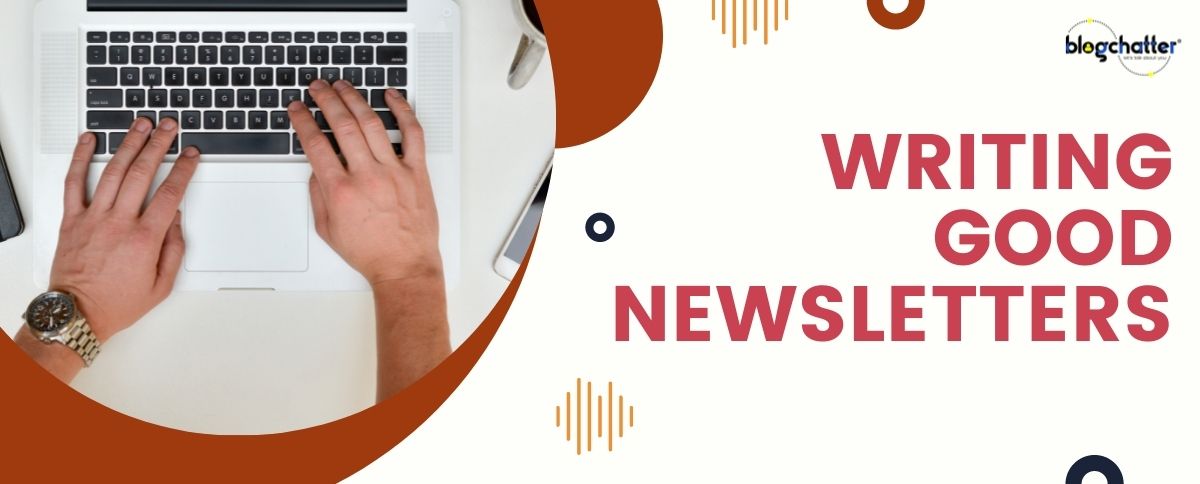
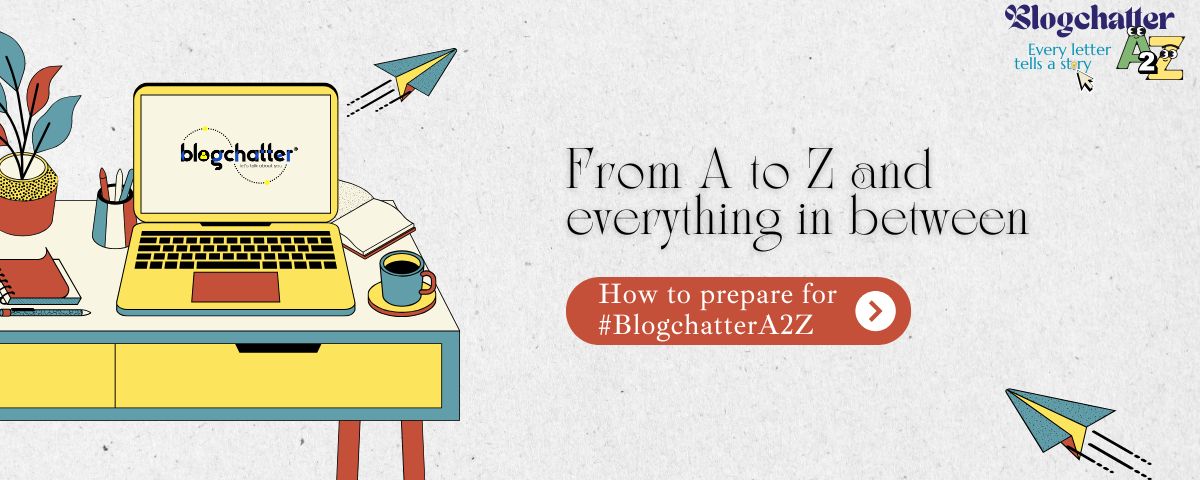
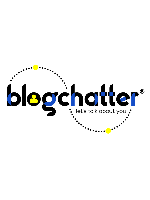
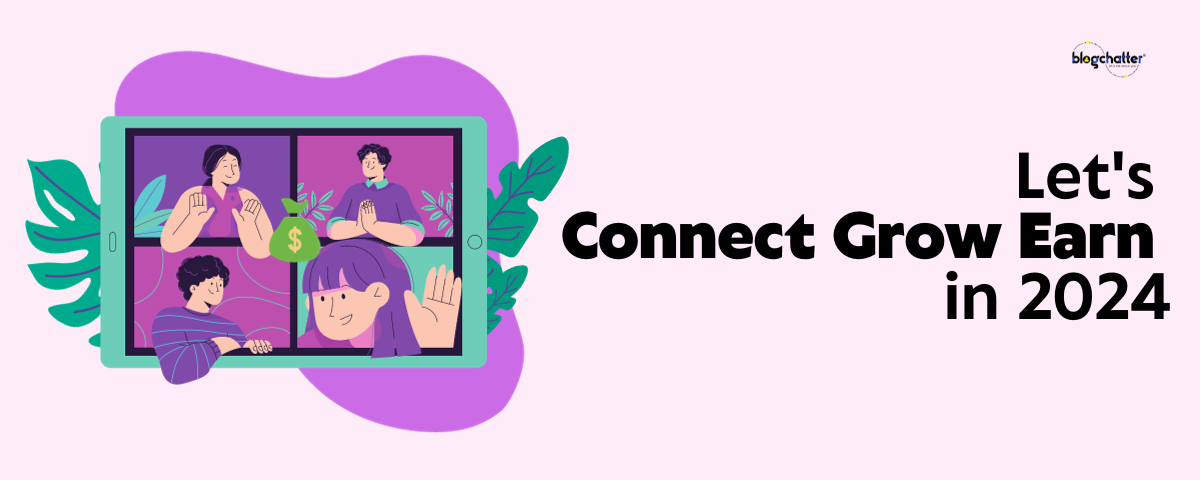

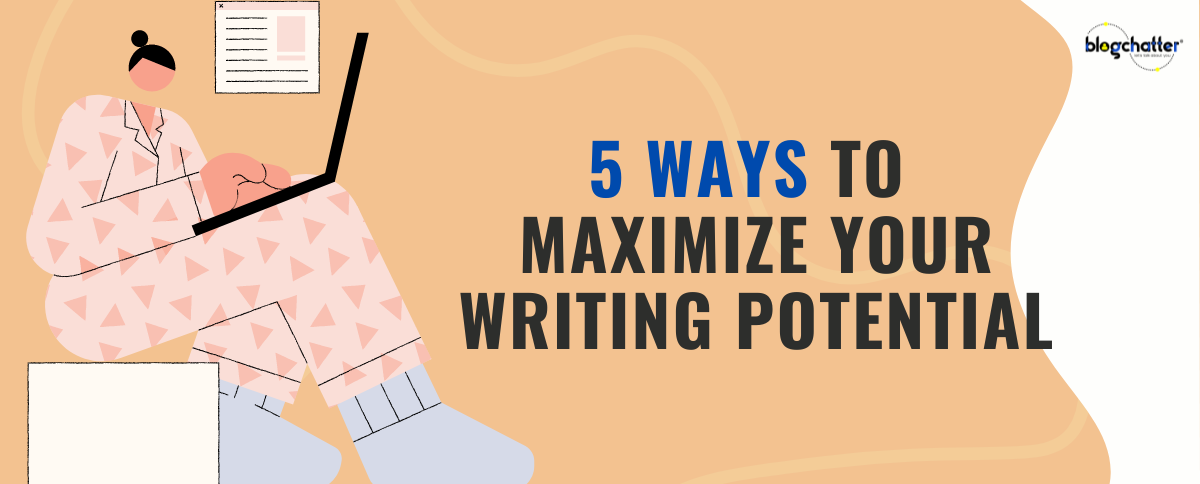
Comments
It came at the right time when I was toiling with a NewLetter idea in my mind. I did some research, though I was nervous about how to get the readers interested and in how I set it up. The need for a newsletter gets generally suggested in the context of marketing. But it comes much later; give your readers what you can give them and make them interested. And needless to add, I keep Tuesday in my memory to read your NL, though I find time as a hindrance in writing a blog hop post at the rate I wish. Thank you, and Cheers!
I haven't said it enough but I always enjoy your newsletters and look forward to them. They're fun to read and keep me updated. It's because of them that I started writing for the weekly blog hop. Your pointers here are valuable and practical.
I was avoiding writing a newsletter for the simple reason, of what to write. Now I know. I hope to start it soon for my subscribers. Great idea! Thanks, Suchita. I am one big fan of your newsletter and thanks for the Bloghop, now we get it once a week. Keep inspiring!
I was avoiding writing a newsletter for the simple reason, of what to write. Now I know. I hope to start it soon for my subscribers. Great idea! Thanks, Suchita. I am one big fan of your newsletter and thanks for the Bloghop, now we get it once a week. Keep inspiring!
I was avoiding writing a newsletter for the simple reason, of what to write. Now I know. I hope to start it soon for my subscribers. Great idea! Thanks, Suchita. I am one big fan of your newsletter and thanks for the Bloghop, now we get it once a week. Keep inspiring!